Installing a garbage disposal in your kitchen sink can make a huge difference in your daily routine. No more scraping food scraps into the trash or dealing with unpleasant odors. Plus, it can save you time and effort in cleaning up after meals. If you're ready to upgrade your kitchen sink with a garbage disposal, here are the steps to follow. First, gather all the necessary tools and materials. You will need a garbage disposal unit, a mounting assembly, a discharge tube, a power cord, plumber's putty, and a screwdriver. Make sure the power to your kitchen sink is turned off before beginning the installation process. Next, remove the drain flange and gasket from the sink opening. Apply plumber's putty to the underside of the flange and place it back into the opening. Then, insert the gasket and mounting ring onto the flange from underneath the sink. Secure the mounting ring in place with the screws provided. Now, it's time to attach the garbage disposal unit to the mounting assembly. This step may vary slightly depending on the type of unit you have, so be sure to follow the manufacturer's instructions. Once the unit is securely attached, connect the discharge tube and the power cord. Finally, turn the power back on and test the unit. Run water and turn on the disposal to make sure it is functioning properly. If everything looks good, you're all set! You now have a new garbage disposal in your kitchen sink.1. How to Install a Garbage Disposal in a Kitchen Sink
Like any appliance, garbage disposals can encounter problems from time to time. It's important to know how to troubleshoot these issues to avoid costly repairs or replacements. Here are some common problems you may face with your garbage disposal in the kitchen sink and how to address them. Jammed Disposal: If your garbage disposal is not turning on or is making a humming noise, it may be jammed. This can happen when hard objects, such as bones or fruit pits, get caught in the blades. First, turn off the power to the unit. Then, use a hex wrench (usually provided with the disposal) to manually turn the blades and dislodge the object. Once cleared, turn the power back on and test the disposal. Leaks: If you notice water dripping from your garbage disposal, it could be due to a loose or damaged connection. Check all the connections and tighten or replace them if necessary. If the leak persists, it may be a sign of a cracked or damaged unit, and you may need to replace it. Foul Odors: Over time, food scraps can build up in your garbage disposal and cause unpleasant odors. To combat this, run some ice cubes and citrus peels through the disposal to freshen it up. You can also pour a mixture of baking soda and vinegar down the drain and let it sit for a few minutes before running hot water through the disposal.2. Troubleshooting Common Issues with Garbage Disposals in Kitchen Sinks
Aside from convenience, there are many benefits to having a garbage disposal in your kitchen sink. Here are just a few: Less Food Waste: With a garbage disposal, you can easily dispose of food scraps instead of throwing them in the trash. This means less food waste going to landfills, which is better for the environment. Cleaner Kitchen: Without a garbage disposal, food scraps can quickly pile up in the trash and create unpleasant odors. With a disposal, you can easily dispose of food scraps and keep your kitchen smelling fresh. Less Clogged Drains: Food scraps can easily clog your drains, leading to costly plumbing repairs. A garbage disposal can help prevent this by grinding up food scraps into smaller pieces that can safely pass through your pipes.3. The Benefits of Having a Garbage Disposal in Your Kitchen Sink
Proper maintenance is key to ensuring your garbage disposal works efficiently and lasts a long time. Here are some tips for cleaning and maintaining your unit: Regular Cleaning: To prevent buildup and odors, it's important to clean your garbage disposal regularly. You can do this by running a combination of ice cubes and rock salt through the disposal, followed by some cold water. Avoid Certain Foods: Not all foods are suitable for the garbage disposal. Avoid putting hard, fibrous, or starchy foods down the drain, as they can cause clogs or damage to the blades. Use Cold Water: When running your disposal, always use cold water. Hot water can melt fats and oils, causing them to solidify and potentially clog your pipes. Sharpen the Blades: Over time, the blades in your garbage disposal may become dull. You can sharpen them by running a few ice cubes through the unit.4. How to Clean and Maintain Your Garbage Disposal in the Kitchen Sink
When it comes to choosing a garbage disposal for your kitchen sink, there are a few things to consider, such as motor power, noise level, and warranty. Here are some of the top garbage disposal options on the market: InSinkErator Evolution Excel: This top-of-the-line unit boasts a powerful motor, quiet operation, and a 7-year in-home warranty. Moen GX50C: With a ½ horsepower motor and sound insulation, this disposal is a more affordable option that still delivers strong performance. KitchenAid KCDB250G: This compact disposal is perfect for smaller households and offers a ½ horsepower motor and a 2-year warranty.5. The Best Garbage Disposal Options for Your Kitchen Sink
If your garbage disposal is clogged, there are a few steps you can take to try and unclog it: Turn off the Power: Before attempting to unclog your disposal, make sure the power is turned off to avoid any accidents. Use a Plunger: Place a plunger over the drain and plunge a few times to try and dislodge the clog. Try a Disposal Cleaner: You can also try using a disposal cleaner to break up any food scraps that may be causing the clog. If these methods don't work, it may be best to call a professional plumber for assistance.6. How to Fix a Clogged Garbage Disposal in Your Kitchen Sink
Many people wonder if using a garbage disposal is bad for the environment. While it's true that disposals use electricity and water, they can actually have a positive impact on the environment in a few ways: Reduced Food Waste: As mentioned earlier, using a garbage disposal can help reduce the amount of food waste that ends up in landfills. Energy Production: In some areas, food waste is used to generate energy through anaerobic digestion. This process produces biogas, which can be used to generate electricity or heat. Reduced Methane Emissions: When food waste is sent to landfills, it decomposes and releases methane, a potent greenhouse gas. By using a garbage disposal, less food waste ends up in landfills, resulting in fewer methane emissions.7. The Environmental Impact of Using a Garbage Disposal in Your Kitchen Sink
Garbage disposals come in different sizes, and it's important to choose the right one for your kitchen sink. Here are some factors to consider when selecting the size: Motor Power: The horsepower of the motor will determine the size of the disposal. A larger motor will require a larger unit. Sink Drain Size: Make sure to measure the size of your sink drain to ensure the disposal will fit properly. Household Size: If you have a larger household and tend to produce more food waste, you may want to consider a larger disposal with a more powerful motor.8. How to Choose the Right Size Garbage Disposal for Your Kitchen Sink
The cost of installing a garbage disposal in your kitchen sink can vary depending on the type of unit and any additional plumbing work that may be required. On average, homeowners can expect to pay between $150 and $500 for installation. However, this investment can save you time and effort in the long run and can even increase the value of your home.9. The Cost of Installing a Garbage Disposal in Your Kitchen Sink
To get the most out of your garbage disposal and keep it running smoothly, here are some tips to keep in mind: Run Water Before and After Use: Always run water before and after using the disposal to help flush out any remaining food scraps. Don't Overload the Disposal: Only put small amounts of food scraps into the disposal at a time to prevent overloading and potential clogs. Avoid Putting Certain Foods Down the Drain: As mentioned earlier, avoid putting hard, fibrous, or starchy foods down the disposal, as they can cause clogs or damage. Regularly Clean and Maintain the Unit: Follow the tips mentioned earlier for cleaning and maintaining your garbage disposal to ensure it works efficiently and lasts a long time. In conclusion, a garbage disposal in your kitchen sink can provide many benefits and make your daily routine a little easier. By following these tips and properly maintaining your unit, you can enjoy the convenience and efficiency of a garbage disposal in your kitchen sink for years to come.10. Tips for Properly Using and Maintaining Your Garbage Disposal in the Kitchen Sink
How a Garbage Disposal in Your Kitchen Sink Can Improve Your House Design

A Convenient and Hygienic Solution
 Installing a
garbage disposal
in your kitchen sink may seem like a small change, but it can have a big impact on the overall design and functionality of your home. Not only does it offer a convenient way to dispose of food waste, but it also helps to keep your kitchen clean and hygienic. Instead of having to constantly empty a separate trash bin, a garbage disposal allows you to easily and quickly get rid of food scraps right in your sink. This eliminates the need for messy and smelly food waste bins in your kitchen, improving the overall aesthetic and hygiene of the space.
Installing a
garbage disposal
in your kitchen sink may seem like a small change, but it can have a big impact on the overall design and functionality of your home. Not only does it offer a convenient way to dispose of food waste, but it also helps to keep your kitchen clean and hygienic. Instead of having to constantly empty a separate trash bin, a garbage disposal allows you to easily and quickly get rid of food scraps right in your sink. This eliminates the need for messy and smelly food waste bins in your kitchen, improving the overall aesthetic and hygiene of the space.
Maximizing Space and Streamlining Workflow
:max_bytes(150000):strip_icc()/kitchen-sink-171366298-5841b8de3df78c0230af5814.jpg) In today's modern world, space and efficiency are key factors in house design. With a garbage disposal, you can free up valuable counter space that would otherwise be taken up by a compost bin or trash can. This not only creates a cleaner and more open workspace, but it also streamlines your workflow in the kitchen. Instead of having to constantly walk back and forth to dispose of food waste, you can simply rinse it down the sink with the push of a button. This saves time and effort, making your kitchen more functional and efficient.
In today's modern world, space and efficiency are key factors in house design. With a garbage disposal, you can free up valuable counter space that would otherwise be taken up by a compost bin or trash can. This not only creates a cleaner and more open workspace, but it also streamlines your workflow in the kitchen. Instead of having to constantly walk back and forth to dispose of food waste, you can simply rinse it down the sink with the push of a button. This saves time and effort, making your kitchen more functional and efficient.
Environmental Benefits
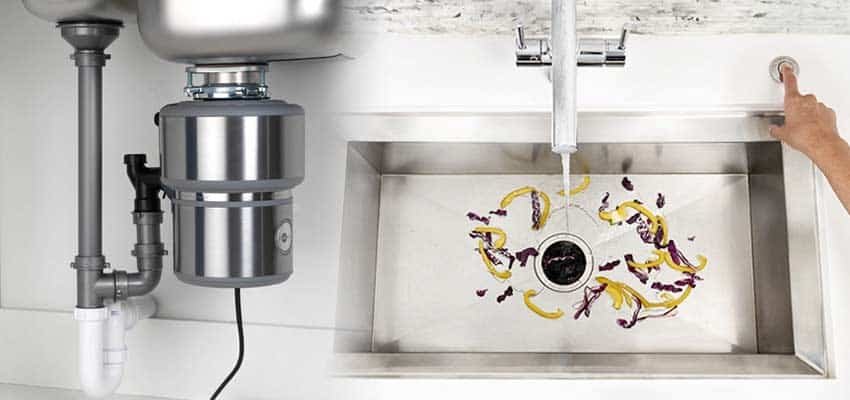 Aside from the convenience and space-saving benefits, a garbage disposal also has environmental advantages. By grinding up food waste and sending it down the drain, you are diverting it from landfills. This reduces the amount of methane gas, a harmful greenhouse gas, produced from decomposing food waste. Additionally, food waste can be turned into nutrient-rich fertilizer when properly processed in wastewater treatment facilities. By using a garbage disposal, you are not only improving your house design, but also making a positive impact on the environment.
Aside from the convenience and space-saving benefits, a garbage disposal also has environmental advantages. By grinding up food waste and sending it down the drain, you are diverting it from landfills. This reduces the amount of methane gas, a harmful greenhouse gas, produced from decomposing food waste. Additionally, food waste can be turned into nutrient-rich fertilizer when properly processed in wastewater treatment facilities. By using a garbage disposal, you are not only improving your house design, but also making a positive impact on the environment.
Cost-Effective and Long-Lasting Solution
/how-to-install-a-sink-drain-2718789-hero-24e898006ed94c9593a2a268b57989a3.jpg) Investing in a garbage disposal may seem like an extra expense, but it is actually a cost-effective solution in the long run. With proper maintenance and care, a garbage disposal can last for many years, saving you money on constantly buying and replacing trash bags and bins. It also helps to prevent clogs in your kitchen pipes, which can be costly to fix. By choosing a high-quality garbage disposal, you can ensure that your kitchen design and functionality will be improved for years to come.
Investing in a garbage disposal may seem like an extra expense, but it is actually a cost-effective solution in the long run. With proper maintenance and care, a garbage disposal can last for many years, saving you money on constantly buying and replacing trash bags and bins. It also helps to prevent clogs in your kitchen pipes, which can be costly to fix. By choosing a high-quality garbage disposal, you can ensure that your kitchen design and functionality will be improved for years to come.
In Conclusion
 Installing a garbage disposal in your kitchen sink may seem like a small detail, but it can have a big impact on your house design. Not only does it offer convenience and hygiene benefits, but it also maximizes space, has environmental advantages, and is a cost-effective long-term solution. Consider adding a garbage disposal to your kitchen sink to improve its overall design and make your daily tasks in the kitchen a breeze.
Installing a garbage disposal in your kitchen sink may seem like a small detail, but it can have a big impact on your house design. Not only does it offer convenience and hygiene benefits, but it also maximizes space, has environmental advantages, and is a cost-effective long-term solution. Consider adding a garbage disposal to your kitchen sink to improve its overall design and make your daily tasks in the kitchen a breeze.

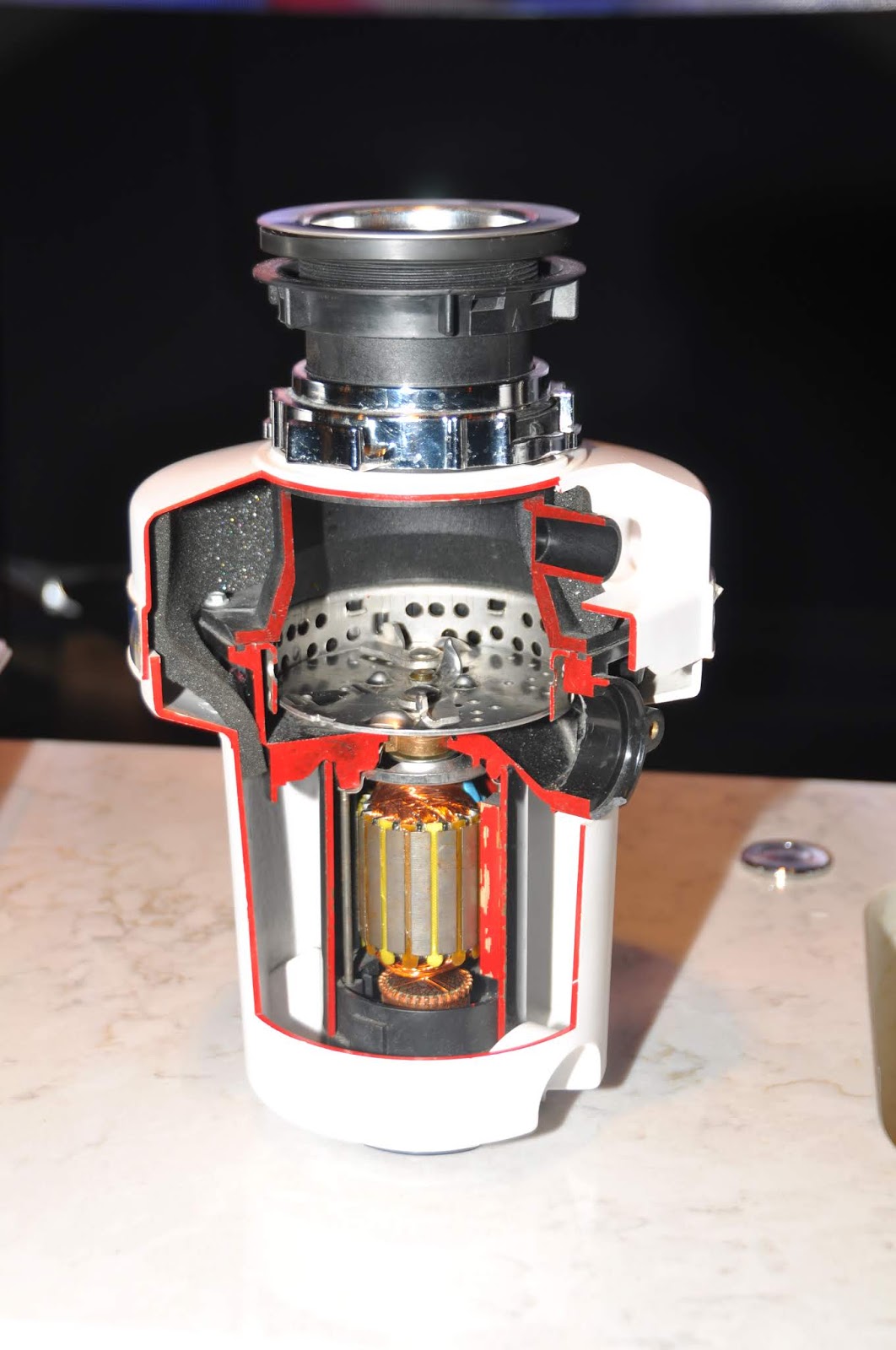


























:max_bytes(150000):strip_icc()/gar_disp_expl_view-640-56a4a2d25f9b58b7d0d7effe-59b351b6d963ac0011978ee3.jpg)



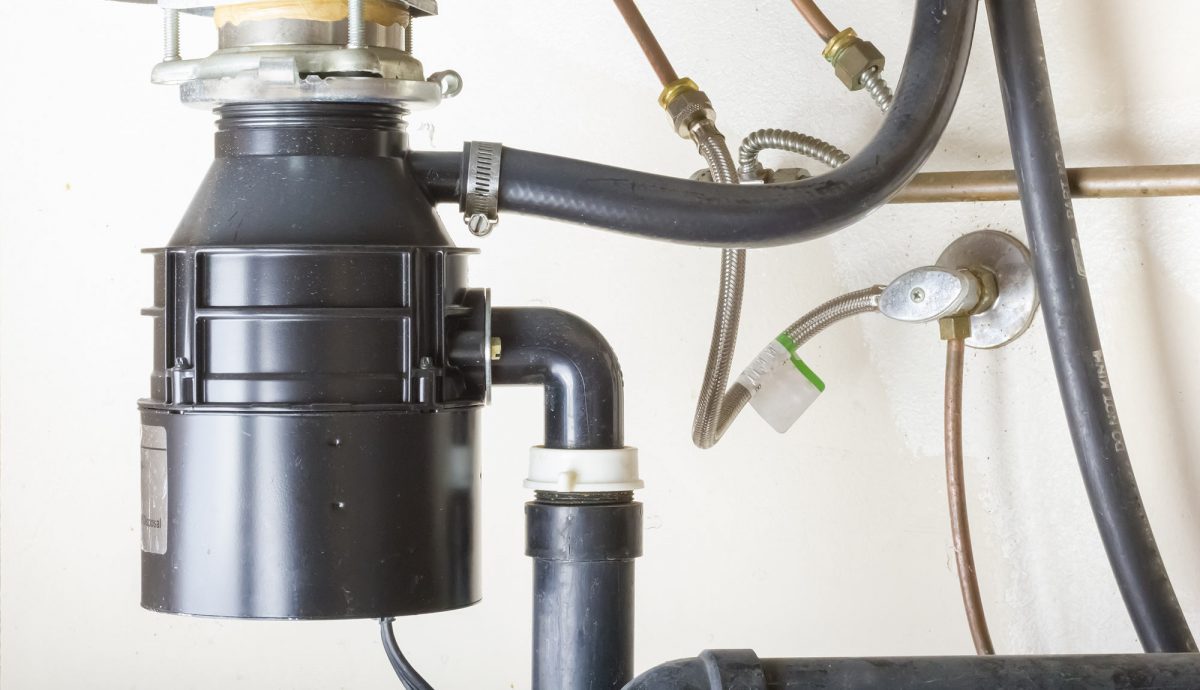

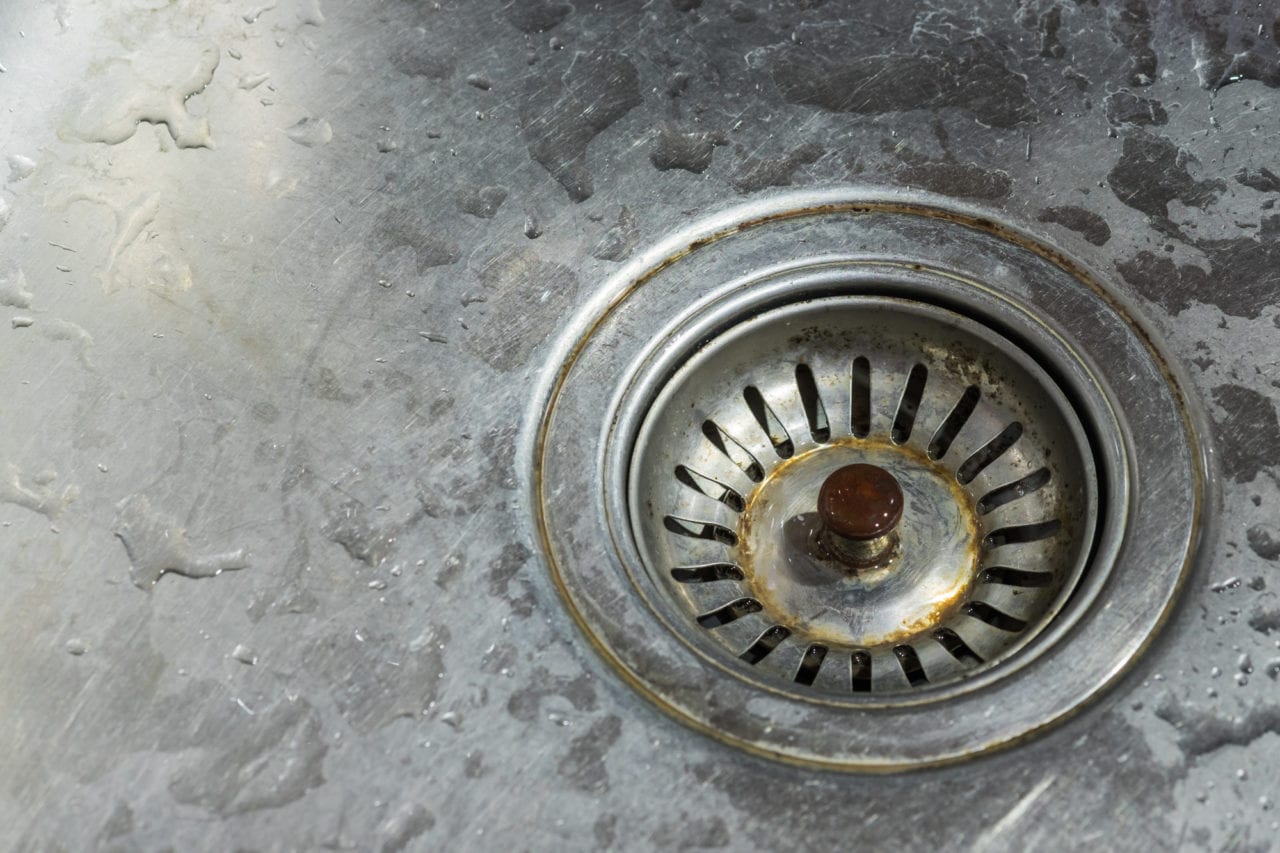







:max_bytes(150000):strip_icc()/garbage-disposal-buying-guide-2718864-hero-205069e72e6a4575b3131db47a6ace26.jpg)


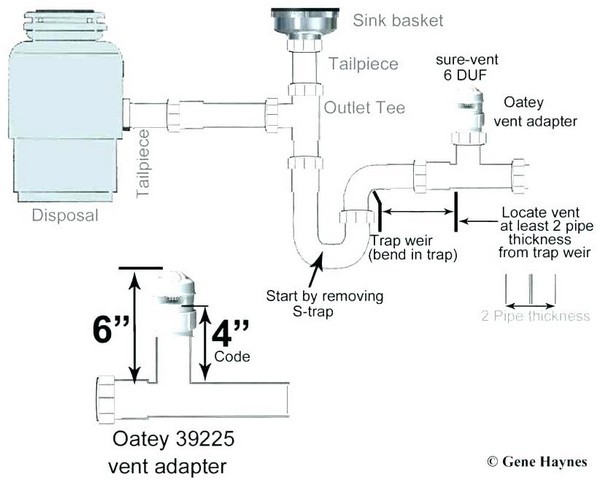


















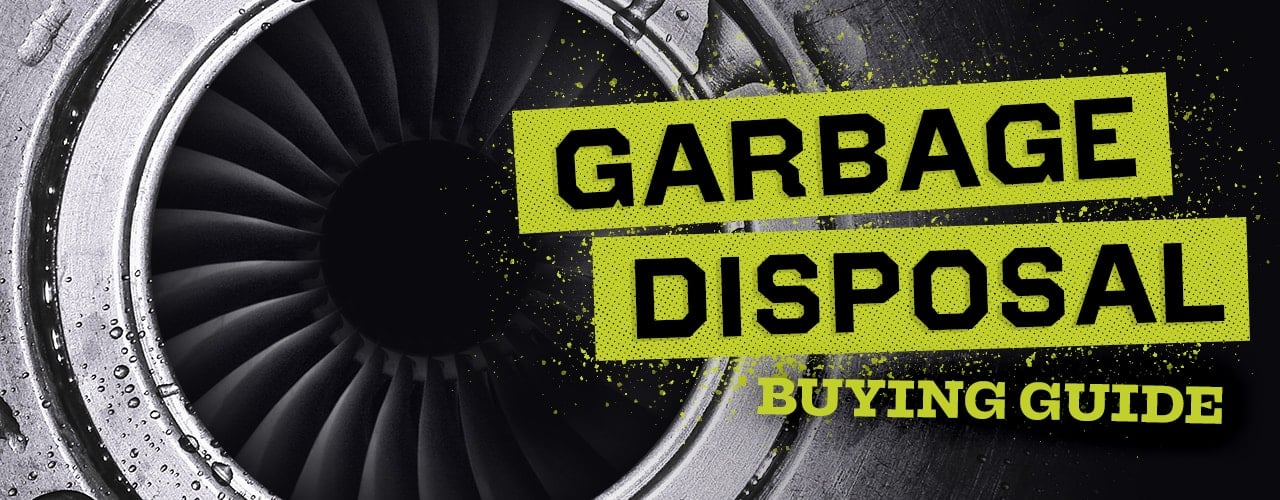







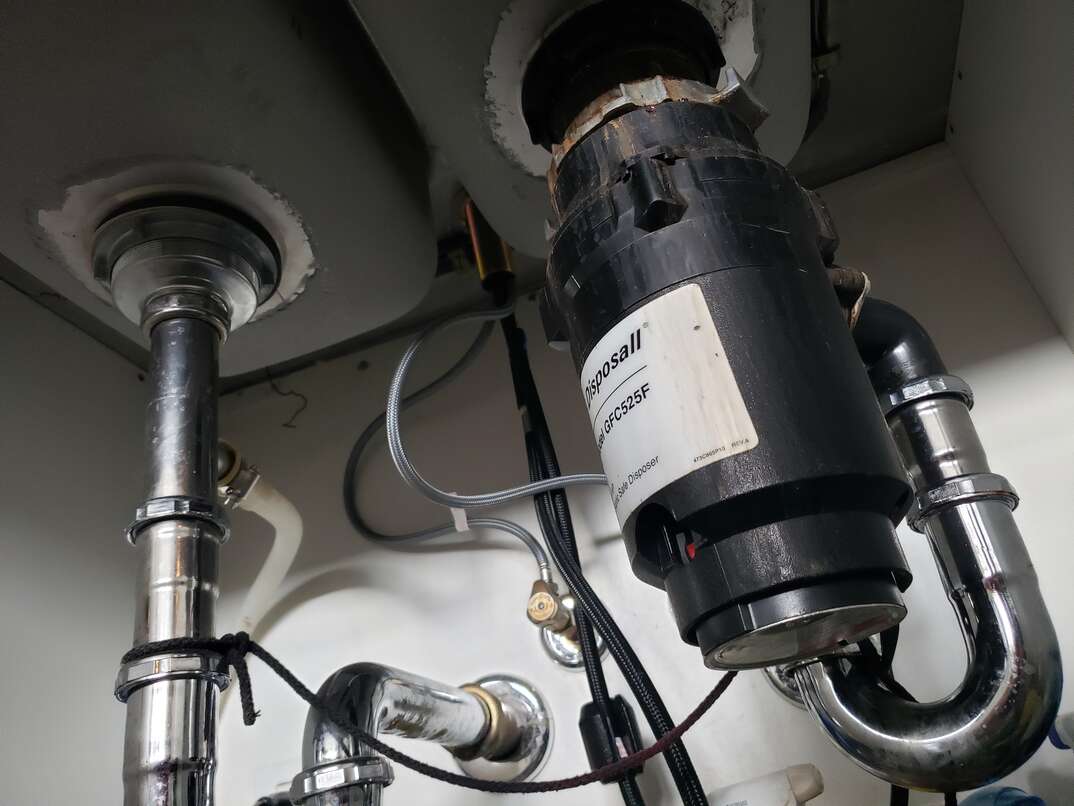









/cdn.vox-cdn.com/uploads/chorus_image/image/62966980/MintKitchen_Interior2_NoahFecks.0.jpg)



